Optimal Timing for Brush Mowings
Brush mowings are most effective during specific times of the year when vegetation is at optimal height and growth stage. Timing depends on local climate, plant types, and intended land management goals. Proper scheduling ensures efficient clearing and minimizes regrowth.
Ideal for controlling early growth and preventing invasive species from establishing.
Effective during peak growth periods to manage thick brush and overgrowth.
Suitable for reducing biomass before winter, aiding in fire risk reduction.
Timing within the season impacts regrowth; early season cuts may require follow-up, while late season cuts can suppress regrowth.

Vegetation at early growth stage, ready for clearing.
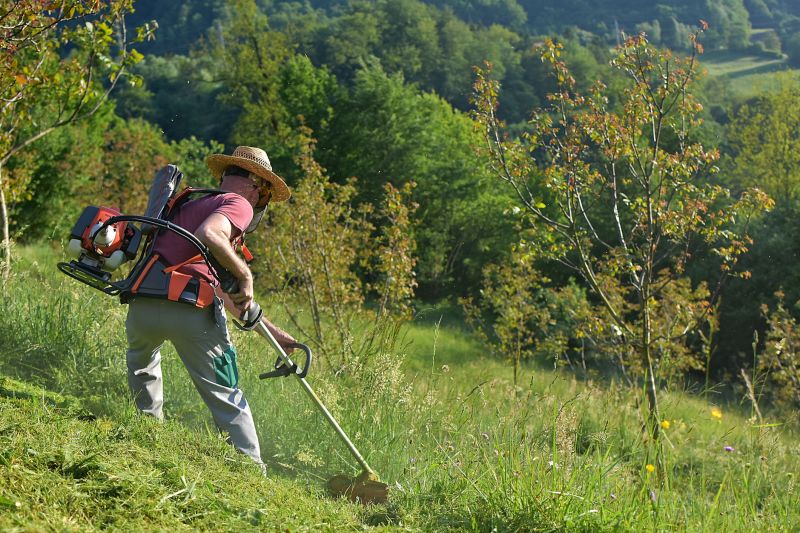
Thick overgrowth during peak season.
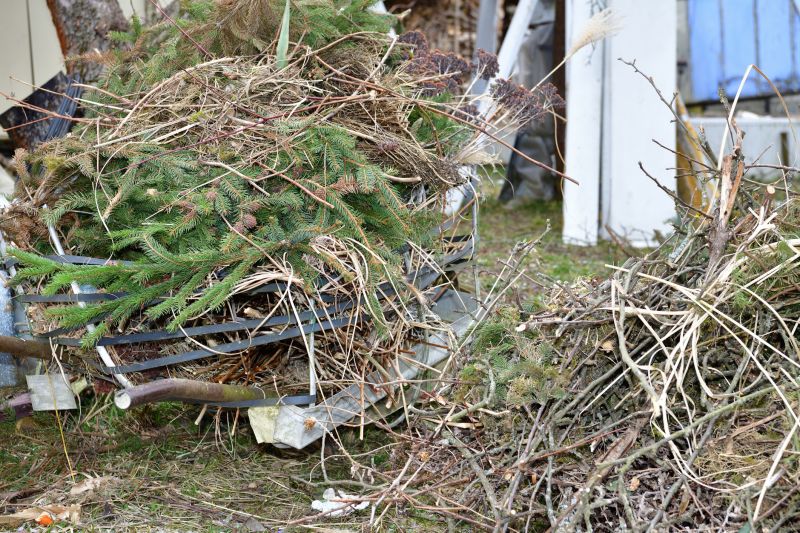
Biomass reduction before winter.
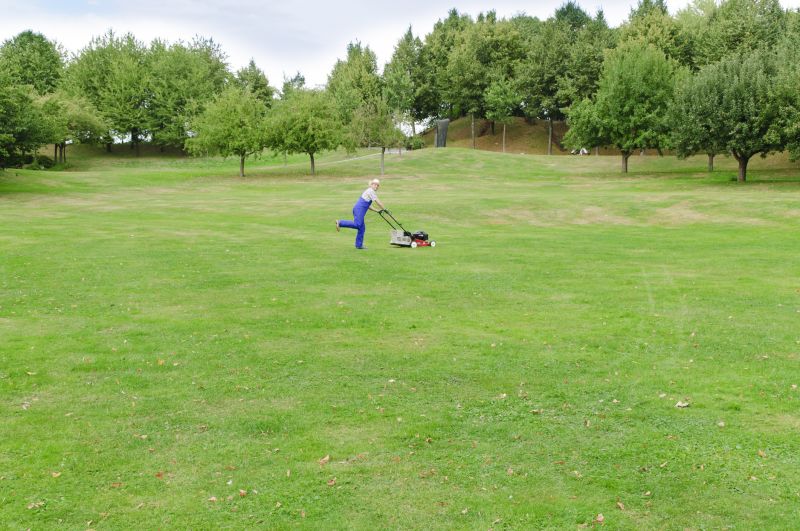
Dry and mild conditions for safe mowing.
| Season | Optimal Timing |
|---|---|
| Spring | Early spring before dense growth begins |
| Summer | Mid to late summer during peak growth |
| Fall | Late fall after most growth has occurred |
| Winter | Not recommended for active mowing |
| Weather | Dry conditions preferred for safety |
Brush mowings involve cutting back dense vegetation, including shrubs, small trees, and invasive plants. This practice helps manage overgrowth, reduce fire hazards, and prepare land for future use. The timing of brush mowings significantly influences their effectiveness, with strategic scheduling leading to better land management outcomes.

Specialized machinery designed for dense vegetation.
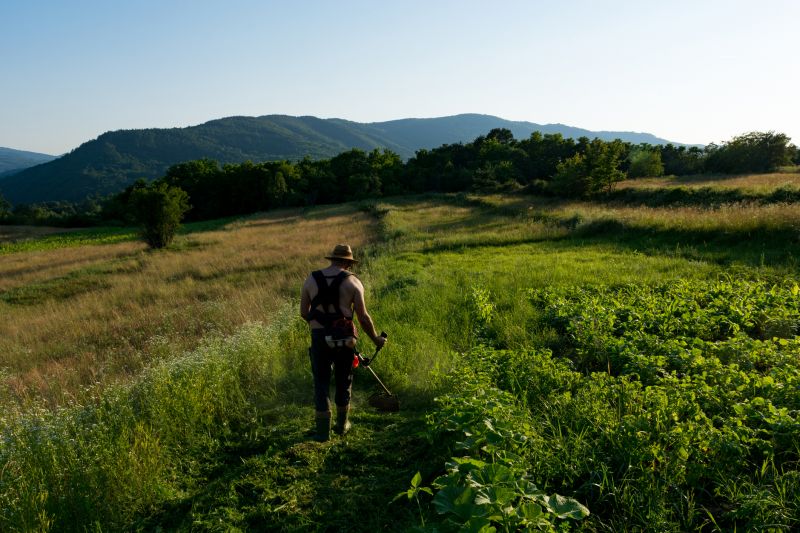
Dense brush and overgrowth ready for clearing.

Cleared land with residual cut brush.
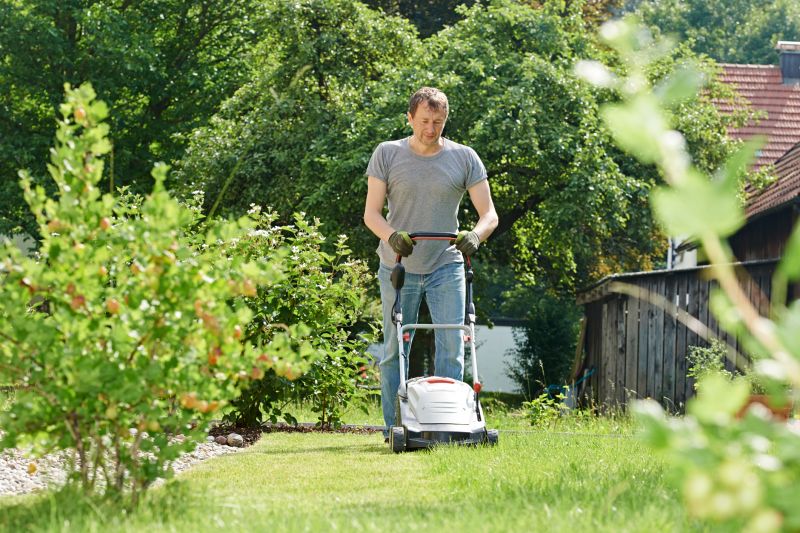
Often used in conjunction with mowing for land management.
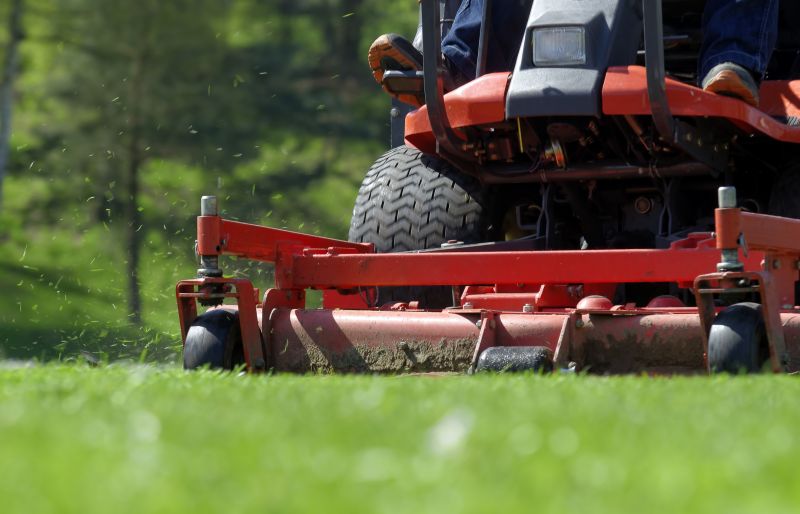
Ways to make Brush Mowings work in tight or awkward layouts.
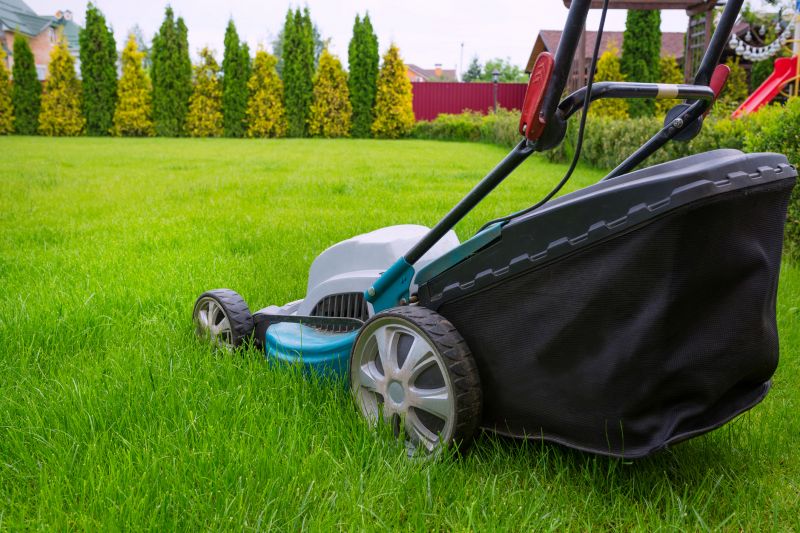
Popular materials for Brush Mowings and why they hold up over time.
Interested in scheduling a brush mowing? Filling out the contact form provides an opportunity to discuss land management needs and determine the best timing for specific properties. Properly timed brush mowings can enhance land safety and usability.
